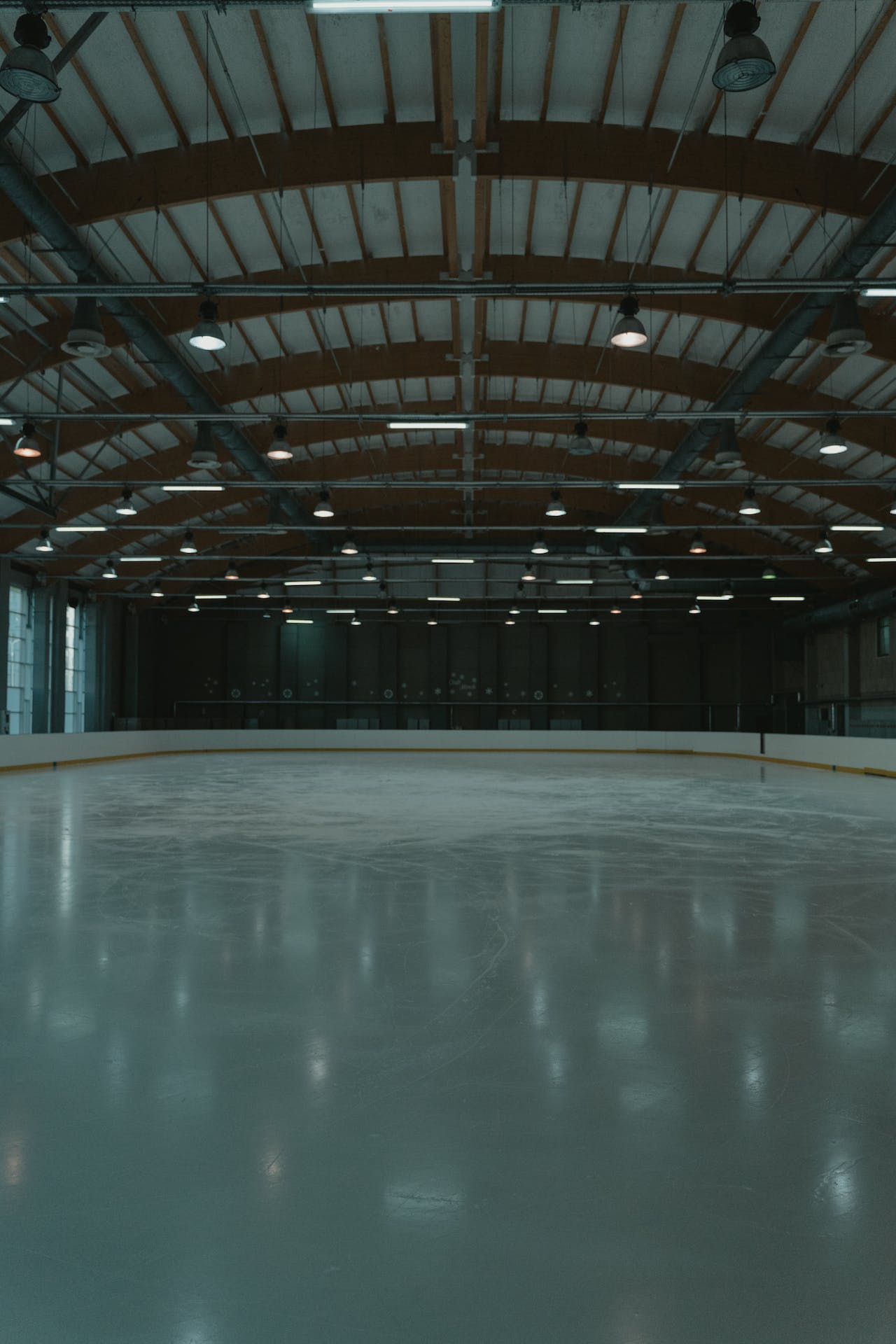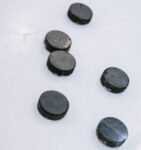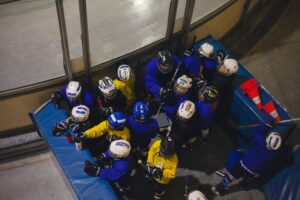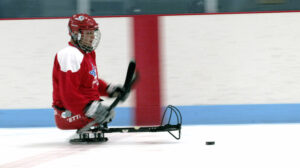Ice hockey, a fast-paced and thrilling sport, finds its stage on a uniquely designed surface known as the ice hockey rink. This rectangular arena, meticulously crafted to accommodate the intensity of the game, serves as the battleground where skill, strategy, and sheer athleticism collide. In this article, we’ll delve into the various components that make up the ice hockey rink, exploring its dimensions, markings, and the critical elements that contribute to the excitement of this beloved sport.
Dimensions and Layout:
An official ice hockey rink is a standardized rectangular surface, typically measuring 200 feet in length and 85 feet in width. These dimensions are regulated by various governing bodies such as the International Ice Hockey Federation (IIHF) and the National Hockey League (NHL). The rink is divided into three main zones: the defensive zone, the neutral zone, and the offensive zone, each serving a specific purpose in gameplay.
Markings and Zones:
Goal Crease and Net: At each end of the rink, there is a goal crease, a semi-circular area marked on the ice in front of the net. This space is designated to protect the goaltender and ensure fair play around the goal.
Faceoff Circles: Positioned at various locations on the ice, faceoff circles are crucial for restarting play after stoppages. The most notable circles are the center ice faceoff circle and the circles in each team’s offensive and defensive zones.
Blue Lines: The blue lines divide the rink into the three zones. The center blue line marks the midpoint of the rink, while the two blue lines in the offensive zone indicate the boundaries for the attacking team.
Hash Marks: Found on the faceoff circles, hash marks help players maintain proper spacing during faceoffs. They also play a role in penalty shots and shootout attempts.
Bench Areas: On one side of the rink, there are two team benches where players and coaches reside during the game. Changes are made on the fly, with players hopping over the boards to replace teammates on the ice.
Critical Elements:
Boards and Glass: Surrounding the rink are boards and glass barriers. These not only provide a containment system for the puck but also protect spectators from flying objects. The seamless integration of the boards and glass allows for dynamic play, including strategic bank shots.
Zamboni Access: An integral part of maintaining the ice quality, the Zamboni access area is located near one of the corners. This is where the Zamboni machine enters the ice surface for resurfacing during intermissions.
Goals and Goalposts: At each end of the rink stand the goals, comprising a metal frame and a net. The goalposts are set precisely to standardized dimensions, challenging players to be accurate in their shots.
The ice hockey rink is more than just a frozen surface; it’s a meticulously designed arena that sets the stage for the exhilarating and dynamic sport of ice hockey. From the precision of faceoffs to the strategic maneuvers around the blue lines, every inch of the rink contributes to the excitement and challenge of the game. As players glide across the ice, pursuing victory and glory, the ice hockey rink stands as a testament to the fusion of skill, strategy, and sheer passion that defines this beloved sport.



